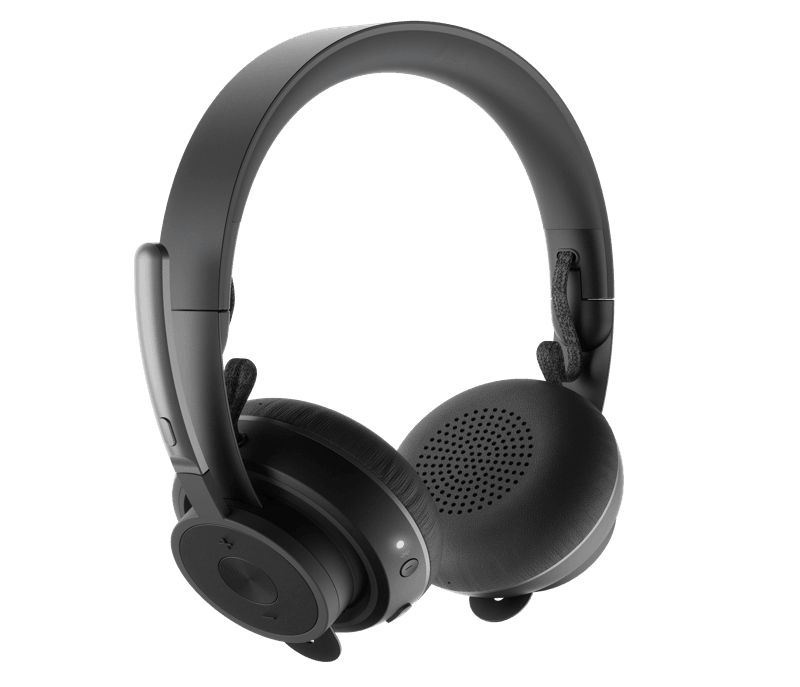In today’s digitally connected world, the backbone of many home and office networks is a reliable Ethernet cable. Whether you're setting up a gaming rig, expanding your smart home, or running a business network, choosing the right Ethernet cable is crucial for optimal performance. With a variety of categories available, it can be overwhelming to figure out which one best suits your needs. This guide will help simplify the process and ensure you make an informed choice.
What Is an Ethernet Cable?
Ethernet cables are wired connectors that link your devices—such as computers, gaming consoles, and smart TVs—to a router, switch, or modem for a stable internet connection. Unlike Wi-Fi, Ethernet provides faster speeds, lower latency, and greater reliability.
Understanding Ethernet Cable Categories
Ethernet cables are categorized based on their performance capabilities. The main factors to consider are speed, bandwidth, and shielding. Let’s break down the most common categories:
1. Cat 5


2. Cat 5e (Enhanced)


3. Cat 6


4. Cat 6a (Augmented)


5. Cat 7


6. Cat 8


Factors to Consider When Choosing an Ethernet Cable

Ethernet Cable vs. Wi-Fi: Why Choose Ethernet?

Conclusion
Choosing the right Ethernet cable category depends on your specific needs and network setup. For most households, Cat 5e or Cat 6 will do the job. However, if you’re setting up a business network or want to future-proof your infrastructure, Cat 6a or higher is worth the investment.












